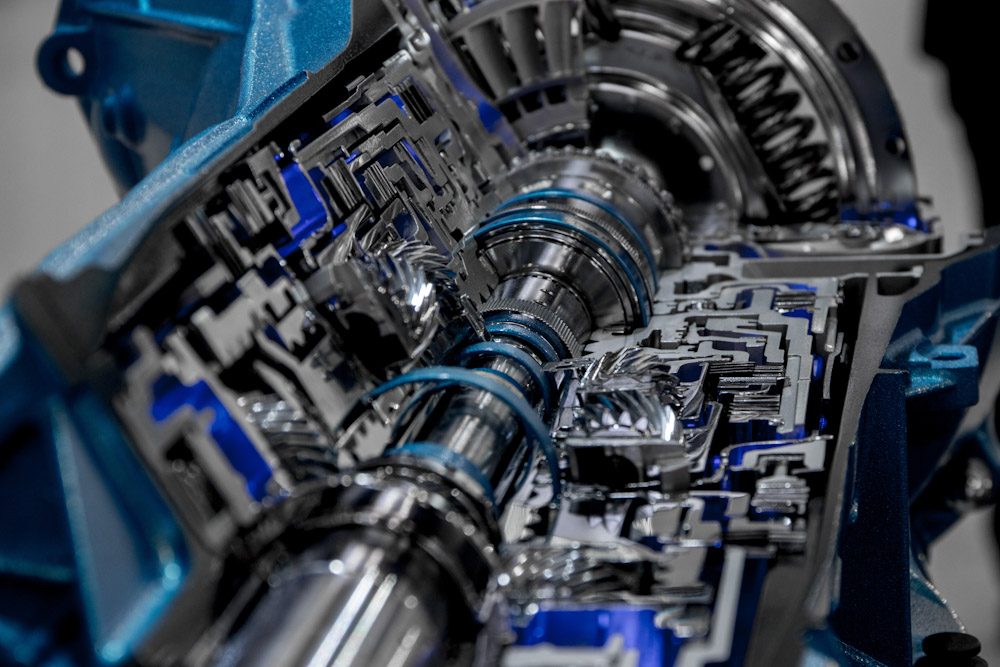
The first self-propelling vehicle was invented in 17th Century China and has since undergone a myriad of changes, evolving in form, function, and source of fuel. What began as a steam-powered wagon that could hardly generate enough pressure to turn the wheels is today a hybrid luxury vehicle that uses onboard computers to perfect how the car drives itself.
This advancement in automobile technology has accomplished a few things simultaneously: First, smart cars are statistically safer, more fuel-efficient, and﹘with the use of multiple cameras mounted throughout the chassis﹘are a bigger help to the police when determining the order of events in a collision; second, learning about how modern cars work and what they need if there’s a problem has only gotten more difficult as time has gone on. Attempting to stay abreast of such advancements is an intimidating prospect for anyone, barring perhaps car enthusiasts and auto repair experts.
Getting to Know the Basics
Despite all the changes that effectively classify modern electric cars as a wholly separate entity from their 19th Century predecessors, there are some components that exist in every vehicle, regardless of make, model, or year. These systems include the most basic building blocks of a car﹘things like having four tires, a steering wheel, a gas pedal, and some sort of engine﹘as well as the systems that build off of these bedrock parts to connect them into a greater whole. These systems include components like the brakes, the axles, and the transmission.
The Drivetrain
One of the most essential systems within the entirety of the automobile is what’s known as the drivetrain. A catch-all term for the collection of symbiotic mechanical components that make the car go, the drivetrain covers:
- The transmission: The gear tree (also known as a gearbox) allows the driver to control how much energy is delivered from the engine to the crankshaft and ultimately, the wheels. The transmission ensures the explosive power of the internal combustion engine doesn’t overpower the car that is just starting, driving slowly, or trying to stop.
- The driveshaft: The turning of the gears and belts within the transmission needs to be transferred to the wheels somehow, and that is where the driveshaft comes in. The driveshaft is a long tubular component that travels the length of the car, connecting the torque of the gearbox to the axles.
- The axles: The axles are the rods that directly turn the wheels. They receive the turning of the transmission from the driveshaft. Usually, each wheel has its own axle, which increases the lifespan of the tires by providing a smoother drive, especially when turning. Axles absorb the shock of driving on uneven roads and carry the overall weight of the vehicle.
- The differential: This crucial component connects to the axles at both ends of the car, depending on what type of transmission is available, to regulate the difference in speed that the outside wheels must travel as opposed to the inside wheels whenever the car turns.
- Various joints: Parts like the U-joint and CV joints allow for the driveshaft to remain flexible underneath the car while it turns the axles.
- The wheels: The final key to any car in motion, the wheels are the contact point between the car and the road and when they turn, the car moves.
As you can see, understanding the drivetrain is neither as simple as explaining the function of a single part, neither is it as inconsequential. When one suspects problems with the drivetrain while assessing for a car repair, there follows a checklist of things for which the mechanic needs to look.
Auto Repairs from the Masters
If a driver starts to feel odd vibrations coming from the steering wheel or starts hearing clunking noises underneath the car, it’s a good bet that some part of the drivetrain is either broken or out of alignment. Master Muffler is the best at providing timely and comprehensive auto repairs in Clearfield, employing numerous experts who know each component of the drivetrain well. Drop by our shop at the first sign of trouble and we will get you sorted out quickly and with a smile.
Related Posts
Key Takeaways On average, passenger vehicle tires last 40,000 to 60,000 miles, depending on type, driving habits, and maintenance. Replace tires when tread depth reaches 2/32”, if damaged, or older than 10 years. Regular rotation, alignment, and proper inflation extend tire life. Aggressive driving, poor roads, and harsh weather shorten tire lifespan. Take advantage [...]
When you think about car maintenance, you probably focus on oil changes, tire rotations, and maybe even brake pad replacement. But what about your brake fluid? If you’ve ever wondered, “What does brake fluid do?” or “Why is brake fluid important?”, you’re not alone. Brake fluid might not be the most talked-about part of [...]
Is that high-pitched squeal from your brakes driving you—and everyone else—crazy? Don’t ignore it. Squeaky brakes aren’t just annoying, they’re your car’s way of saying something needs attention. Whether you're cruising through Salt Lake City or winding up Idaho’s mountain passes, here’s what’s likely going on, how you can fix it, and when it [...]





